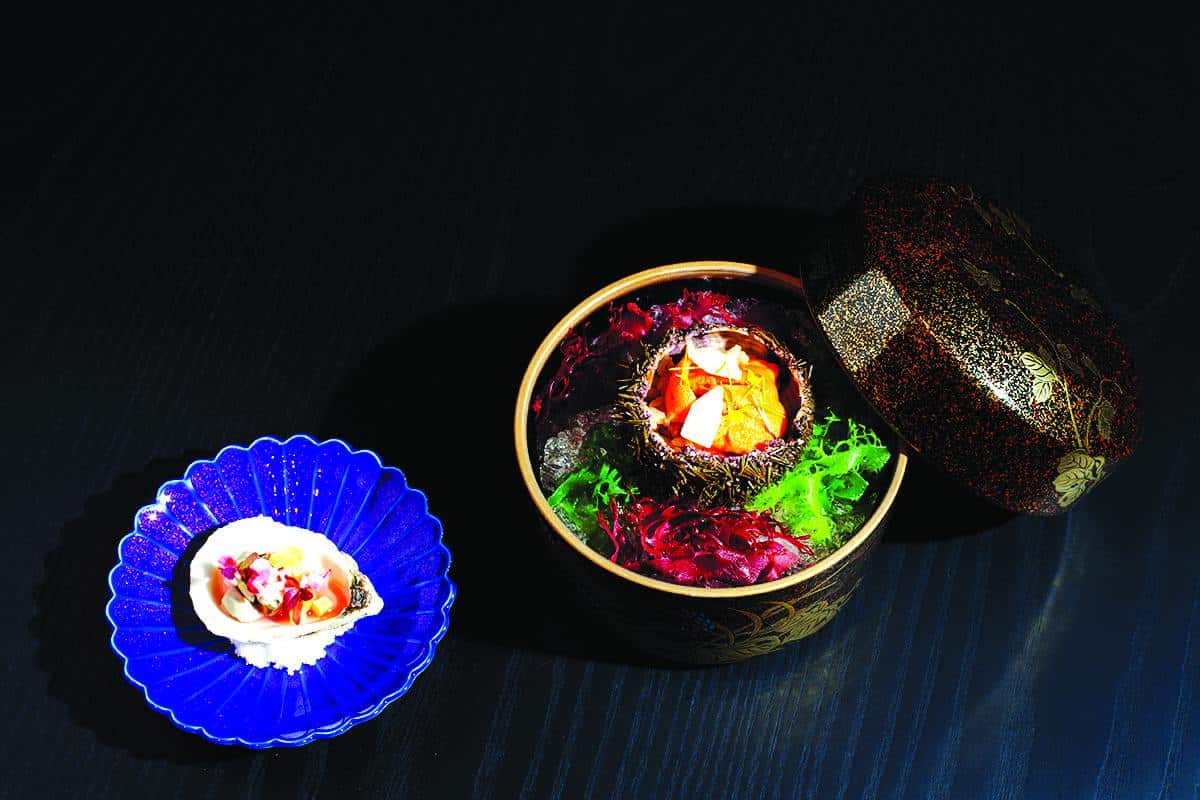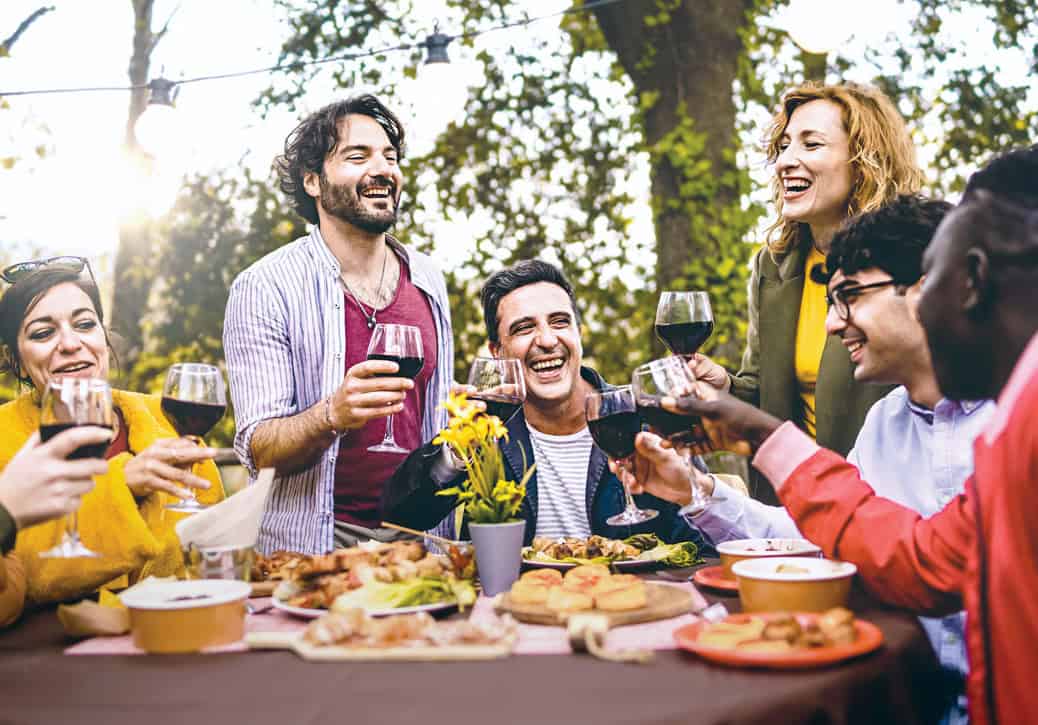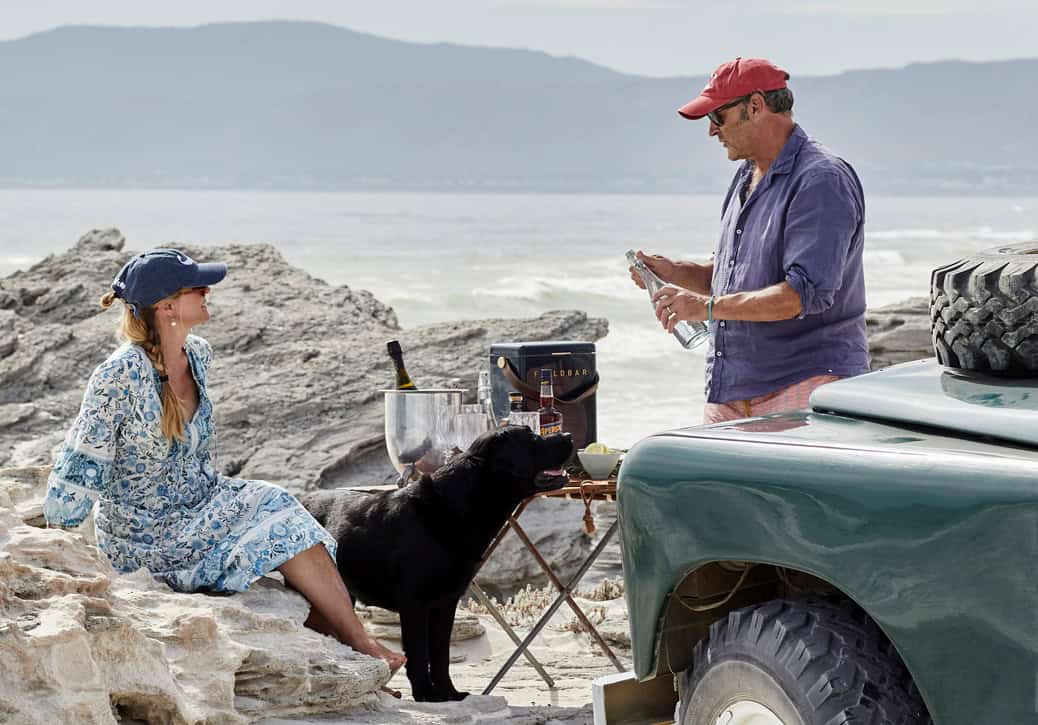Our man about town shares his latest findings.
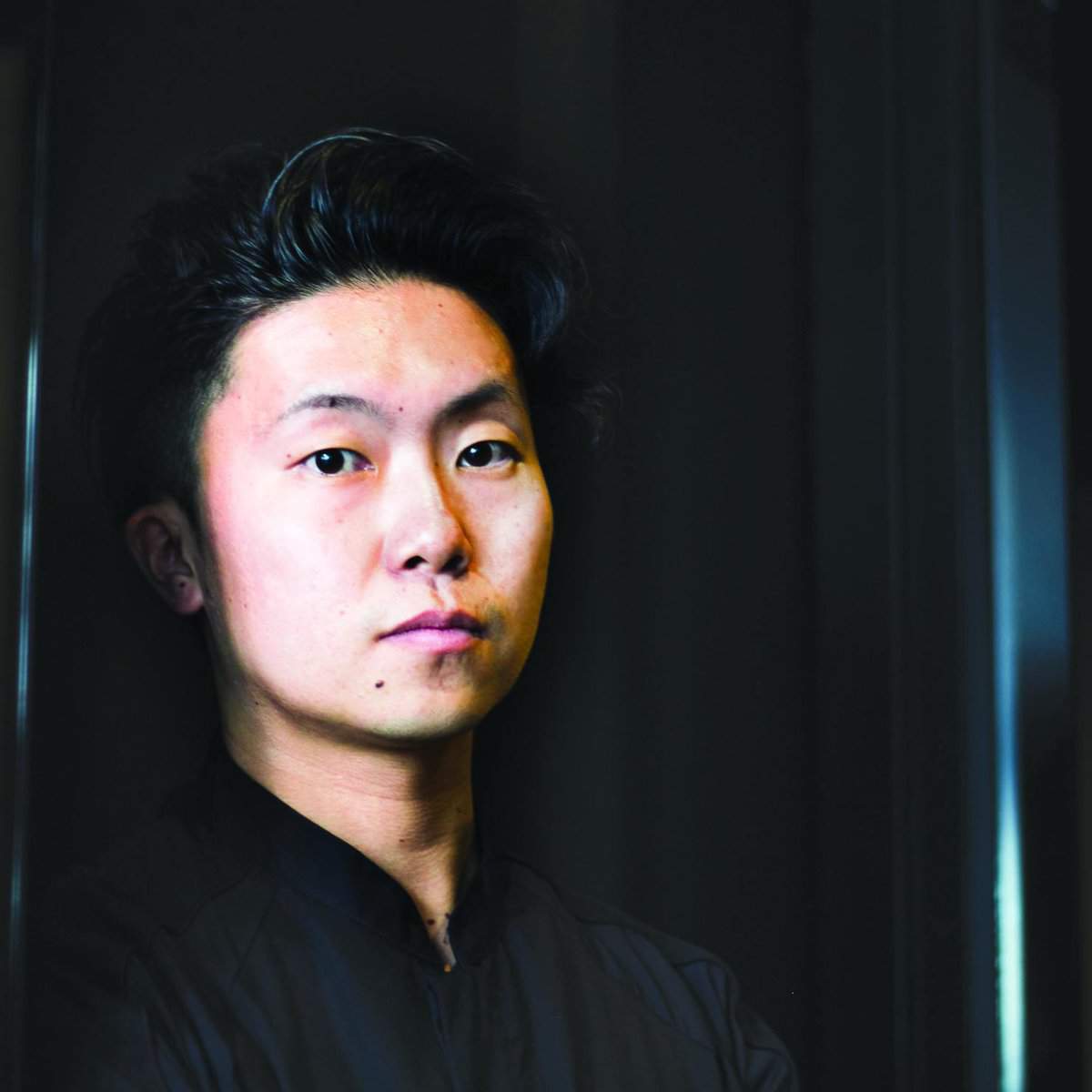
Hana by Chef Ryusuke Nakagawa
Anthony Bourdain once referred to kaiseki as the world’s finest meal. Traditionally, it’s a multi-course gastronomic performance with reverential attention paid to preparation and presentation. Now, breathtakingly reimagined at Hana, Yorkville’s stunning eatery, Kyo-Kaiseki is ours to try.
Minimalist in style, Hana is unmistakably Japanese. The décor is cool grey and mulberry, sparsely punctuated with one-of-a-kind florals. Arita-yaki porcelain dishes and plates are modern artworks reflective of their origins in 1616. Hand-blown Gabriel Glas Austrian stemware completes a magical fusion.
Hana’s culinary inventiveness springs from the unbound hands of young, Kyoto-born Executive Chef Ryusuke Nakagawa, who symphonies sea urchins from Hokkaido with oysters from Prince Edward Island, Quebec foie gras with Nova Scotia lobster in a tempura batter, and a gentle Japanese Wagyu beef. His showmanship shines with signature foams and Aburi’s famous flame-searing.
Sommelier Alexander Powell, an unpretentious and engaging Newfoundlander, pairs sakés with Spanish and French wines. At one point he even brings a French Merlot and a white Burgundy side by side so we can see how the tomato accent of a dish plays with our palates. Powell also introduces us to a sparkling saké from Niigata that has been aged in the traditional champagne style.
To open: Tuna belly sushi marinated in dashi broth, topped on rice infused with aged vinegar. I’m urged to eat with my fingers. This is sushi transformed: Simultaneously sweet and savoury.
A perfectly flame-seared, succulent cube of barracuda follows, brought alive with a topping of herbs, fruit and shaved dried fish. And then, my favourite: Uni (sea urchin), presented in an ornate, gold-embossed lidded container— beside it is an oyster on an iridescent scallop shell platter. The uni is creamy and redolent of the ocean. Taste it, then mix in the oyster urges Chef. The flavours coalesce. Remarkable.
In an exquisite handle-less cup, a savory custard of foie gras topped with onion coulis, black bean spinach and a melange of herbs generates savoury, sweet and sour elements. Taste the components separately, Chef suggests. It’s a mindful Zen-like plateau amidst peaks such as an attention-grabbing red bowl of Spanish mackerel, piled with radish and salmon eggs, and garnished with chrysanthemum leaves. The dish is covered by a hovering, dried magnolia leaf tickled with a drift of smoke and paired with an award-winning Otokoyama saké. Chef calls it “a misty morning in Japan.”
The anchor dish is a buttery Miyazaki Wagyu with maitake (dancing) mushroom and black garlic miso. Special mention to the wafer-thin slice of black truffled beef dotted with egg-
yolk sauce, myoga ginger, yam and uni-seasoned rice, which Chef urges me to roll up in my hand. A trifle messy but heavenly.
And so goes the meal…All 15 courses. With two desserts and a sampling of petit fours paired with a 1999 Sauternes, I’ll readily agree with Bourdain’s take on kaiseki. The punctilious preparation and presentation of Chef Nakagawa and Sous Chef Aiko Uchigoshi catapult Hana into a league rarely reached in Toronto.
Homefront recommends a place at the bar, where you can see the preparation—a floor show at no additional cost. For something more discreet, there are intimate VIP private dining rooms.
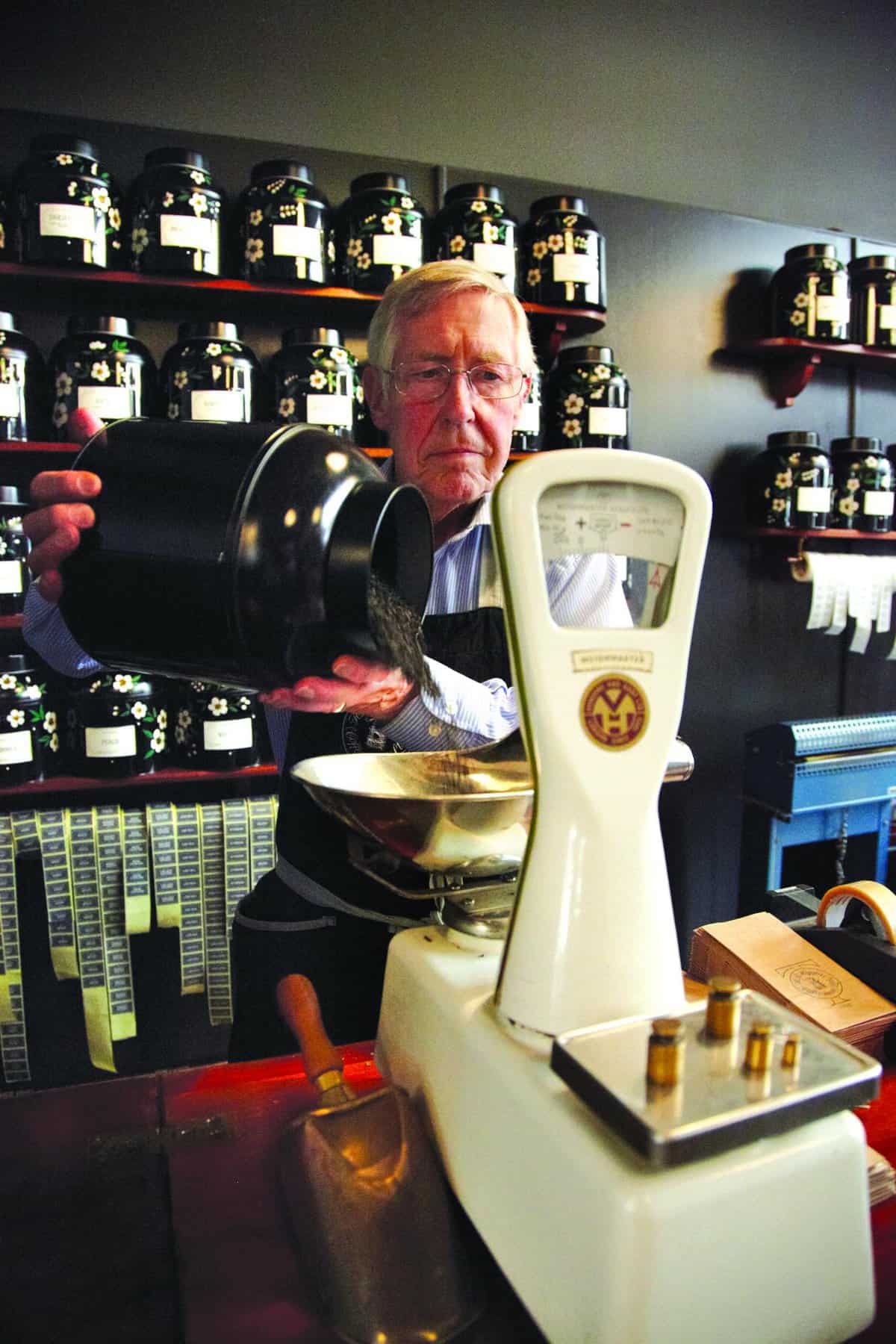
H. R. Higgins (Coffee-Man)
During a recent stopover in the UK, I popped into H. R. Higgins (Coffee-Man) in Mayfair. David Higgins tells me that in the 1940s, his grandfather Harold was a pioneer in ultra-premium coffee. Bypassing the dominant wholesalers, Harold Higgins trekked into the foothills of Mount Kilimanjaro to connect with coffee farmers. Higgins’s Kibo Chagga coffee has been one of their best offerings ever since. I find it has a delicate delineated fruitiness and balanced acidity. This, David tells me, arises from the washed coffee processing that results in clean, bright flavours with more acidity.
Coffee geeks endlessly debate the merits of natural or dry processing versus water processing, which is less dependent on sunny dry weather. David has a more diplomatic view: “I always say the best coffee is the coffee you like best.” But he concedes processing has a profound impact on the flavour of the beans when roasted. “Generally speaking, washed coffees have clean, bright flavours with more acidity. Natural or dry-processed coffees have fruitier flavours with less acidity and even a boozy quality, which not everyone likes. Nicaragua La Bastilla Blueberry Candy and Colombia Pacamara Las Margaritas are both examples.”
But what of preparation, I ask? Again, David is pragmatic. “Get a decent (burr) grinder and grind just enough before you make it. Freshly ground is always best, regardless of how you brew it.”
At Higgins’s café, the preferred method is the pour-over system which, he says, “Brews the best representation of the individual complexities of each coffee.” They use copper funnels with good heat transfer, but that, apparently, is not crucial.
When I was there, they were brewing rare Galapagos San Cristobal. It was remarkably rich and full bodied.
Fortunately, they ship worldwide in airtight bags. Shipping 1 kg to Canada is £13.15 (about $22.50).
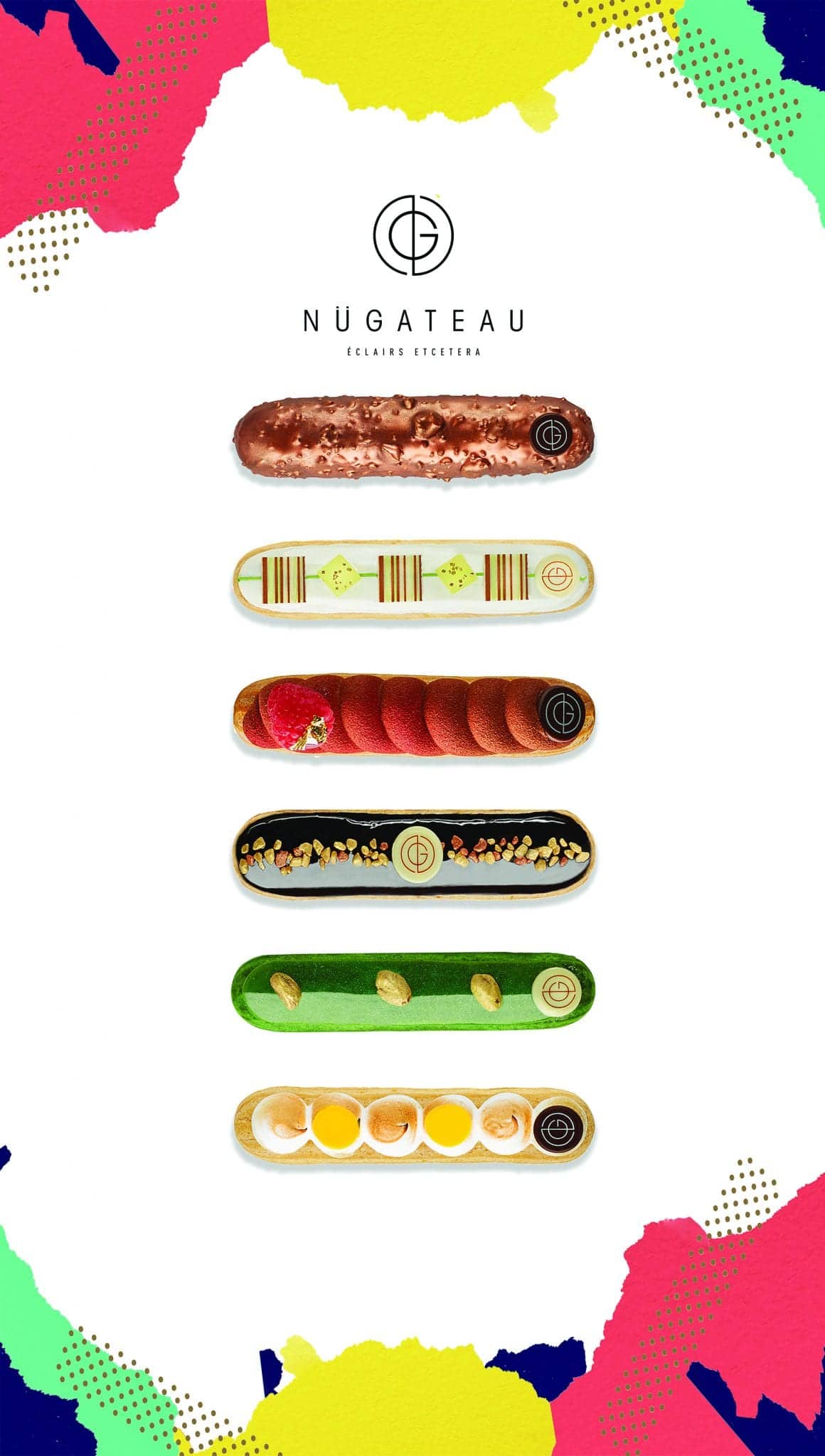
Nugateau
The éclairs from my childhood were sad things. Sweating, soggy tubes of pastry with suspicious-looking cream lurking inside and topped with what passed for chocolate. Ugh.
Nugateau’s main store on Queen Street West has changed all that. There, I have fallen in love with an entirely different breed of éclair, as befits a patisserie specializing exclusively in the French pastry. Their éclairs glitter like perfectly polished gems. During the holidays, their Christmas cranberry and chocolate dome-shaped éclair was a jewel to the eye, vibrant in glistening maroon red. Ah, but the taste. Lovely, slightly tangy fruit gave way to the darker flavour of chocolate. The pastry was moist but firm, and it gave way to a creamy centre. It had it all.
Today I’m sampling the orange and caramel. That same jewel-like appearance. An assertive but never overpowering citrus flavour, offsetting the rich caramel filling. And again that decadent mouth- feel. Clean but never cloying.
I speak to Pastry Chef Atul Thomas, who learned his art in the patisserie program of Le Cordon Bleu Paris, followed by training at The French Pastry School in Chicago and stints working with chefs across Europe. Interestingly, although he’s following classical techniques in Toronto, he’s experimenting with differ- ent flavours. He also talks of his dough reacting to microscopic climatic variations each and every day. This is art in every sense.
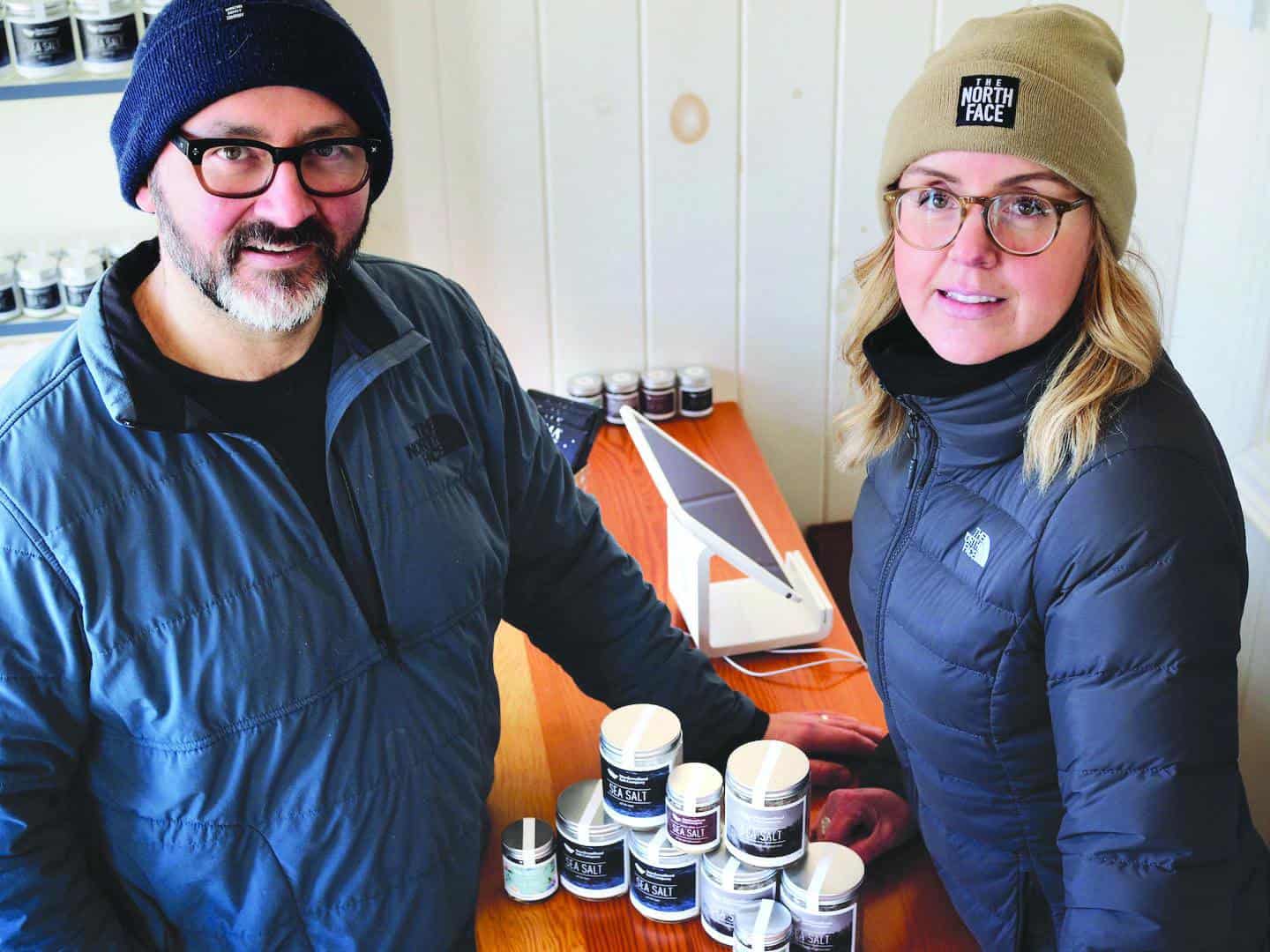
Newfoundland Salt Company
Former chef Peter Burt and Robin Crane, from Bonavista, Newfoundland, started their salt company in 2012. Their innovative products include premium sea salt, green alder-infused salt and juniper-smoked salt.
Mixing his metaphors, Burt tells me salt has terroir, citing subtle difference between salt from the Pacific and Atlantic Oceans and the Mediterranean. Each contains “bits of the ocean” from whence it came, he says. Bonavista, he tells me, is blessed by its location at the end of the Arctic current and thus benefits from very clean water.
Burt urges me to try his salt, which I find to be a very intense but ideal finishing salt.
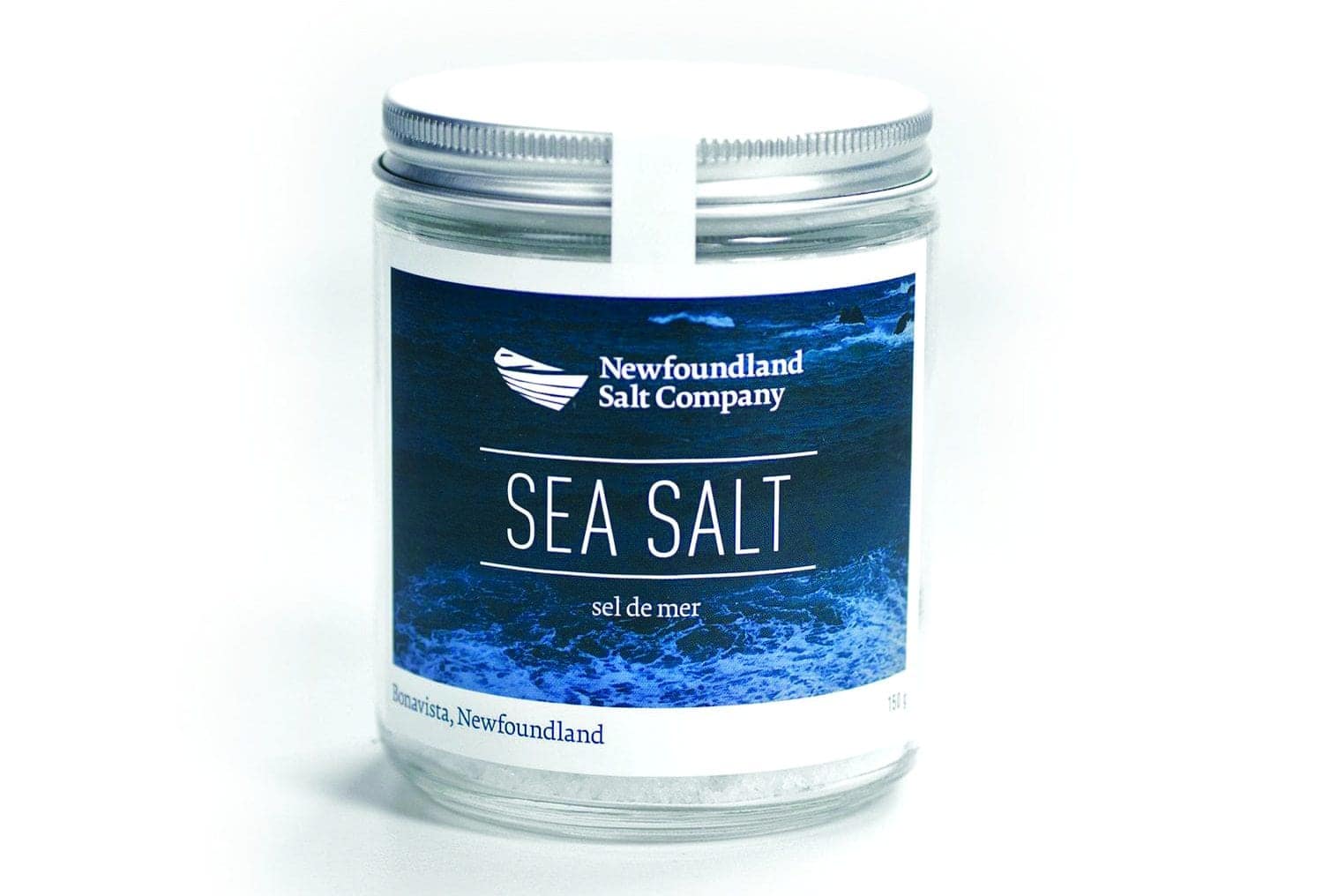
But how, I want to know, did a Newfoundlander get into what’s already a crowded sea salt market? Relatively easily, it turns out. He sent salt to his chef friends at Canoe, Biff’s Bistro and others.
They loved it, and thus the company was born. Burt and Crane’s premium salts are available online, and also at various locations including the Newfoundland Store on Queen Street West and Hooked in Leslieville.

